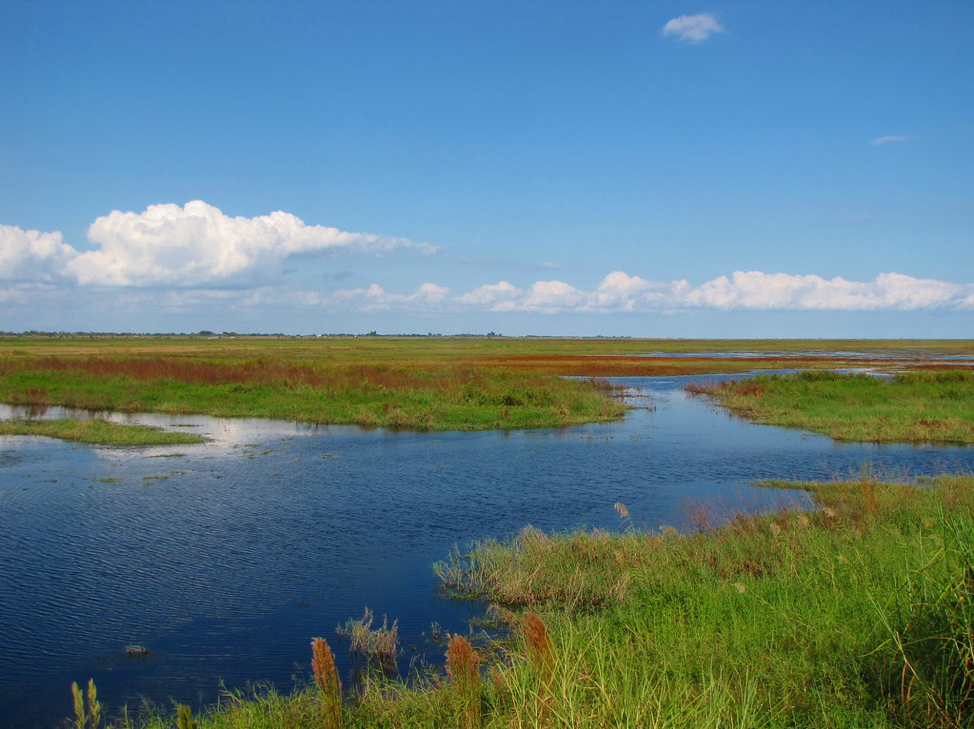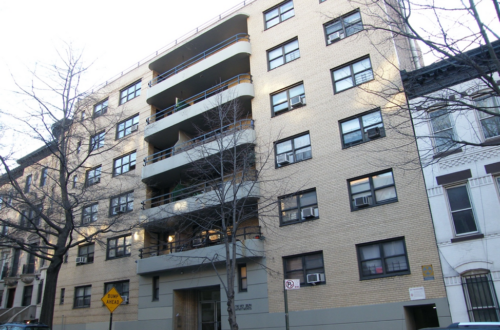Billions of gallons of water are being released as Lake Okeechobee discharges continue.
On Oct. 14, the first discharges to the Treasure Coast since March 2019 began as the U.S. Army Corps of Engineers released Lake Okeechobee water into the St. Lucie and Caloosahatchee Rivers.
Discharges are used to slow the rate of water level rise and remove the risk of a breach of the 1940s-era Herbert Hoover Dike. Currently undergoing $1.7 billion in repairs, the Herbert Hoover Dike was built in the decades following the horrific 1928 hurricane that killed up to 3,000 people after a Lake Okeechobee levee broke.
Discharges to protect the dike are not without controversy.
After the devastating algae blooms of 2013, 2016 and 2018, some coastal communities such as Stuart, Florida, oppose discharges of Lake Okeechobee water that might contribute to cyanobacteria or blue green algae blooms.
The City Commission of Stuart even considered suing the Army Corps in the spring, citing concerns about water levels and possible future discharges that could contribute to blue green algae blooms like those witnessed in 2018.
This fall, a federal district judge instructed the Army Corps in conjunction with the U.S. Fish and Wildlife Service to study the effects of lake water management and releases on blue green algae, red tide and natural habitats.
“We had some of the worst harmful algae blooms ever recorded in Florida’s history, and there is emerging evidence that these were at least in part influenced by or attributable to the discharges,” Jaclyn Lopez, a senior attorney with the Center for Biological Diversity, told WUSF. “Our federal environmental laws require that agencies stop and think before they act. Those laws say, ‘Hey, if you’re noticing these significant new impacts, you need to analyze them.’”
Col. Andrew Kelly, the Army Corps of Engineers commander for Florida, said in October when current discharges began that current cyanobacteria levels were “pretty decent” and satellite at the time showed that although there were blue green algae blooms in the lake, they were not close to areas where discharges are being released.
U.S. Representative Brian Mast, R-FL., and others have argued for keeping Lake Okeechobee water levels low in the dry season to mitigate the need for discharges of water potentially carrying cyanobacteria, particularly during summer months when blue green algae thrives.
In West Palm Beach and Palm Beach Counties, utilities and farmers who use Lake Okeechobee water disagree, expressing concerns that this could create water shortages during dry or drought periods.
In 2019, the Army Corps did keep lake levels low before the rainy season and did avoid summer discharges. While supported by some, the action prompted a lawsuit from U.S. Sugar who claimed that the Army Corps had overstepped its authority.
A federal judge dismissed the case.
Lake Okeechobee discharges also impact river and estuary salinity. St. Lucie River and estuary were already suffering from very low salinity levels before discharges began again in October. A healthy estuary is brackish with salinity ranging from 15 ppt to 25 ppt. On Oct. 14, the salinity of the South Fork of the St. Lucie River was 0.59 ppt.
As current discharges continue, clearly visible near Sanibel as dark water extends into the bright blue of the gulf, the future is unclear.
The passage of the Water Resources Development Act 2020 may impact Lake Okeechobee management and water allocation. The Army Corps’ new Lake Okeechobee System Operating Manual, which is expected to be completed in 2022, will become the new blueprint for Lake Okeechobee water level management replacing the 2008 LORS.
Current discharges could end as soon as this week according to the Army Corps or last longer as Hurricane Eta moves into the gulf with storm conditions.
Featured image: Lake Okeechobee in Florida. Unedited image by B.A. Bowen Photography used under a Creative Commons license. (https://bit.ly/3oYnVRk)
Check out other recent articles from the Florida Political Review here.





